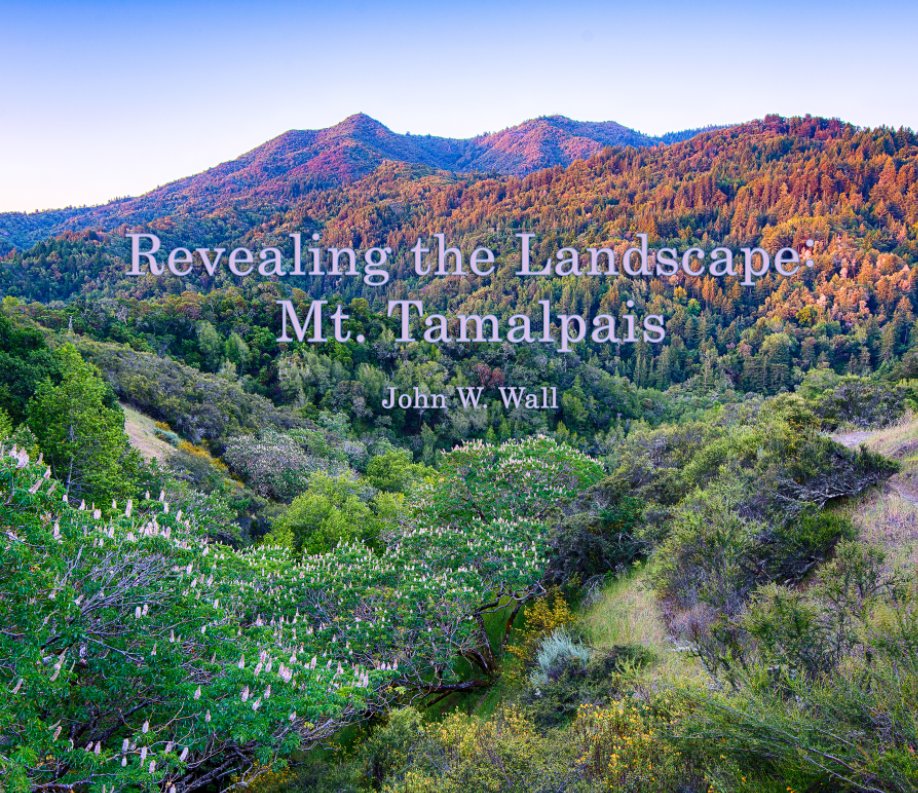There was surprisingly little fungi fruiting in the forest today. I roamed down Cataract Creek to see if I could find the same patch of Lipstick Powderhorn lichens I shot last week, expecting that a week's worth of rain would have plumped them up and put a lot more lipstick on. Reality was just the reverse. Time had made the patch look sparse and faded, kinda the way I felt a few mornings last week as I got up for work despite a nagging cold.
Otherwise the forest is greening up nicely, especially the moss. The moss is in a very happy place, in some places almost too green to believe. The Giant Chain Fern above (with an undergrowth of sword fern) reminded me of a line I came across last night as I was reading Nick Neely's Alta California. Neely has been hiking up the coast from San Diego, sort of retracing Gaspar de Portola's 1769 expedition. He wanders around the Ventura County Fair, past funnel cake and deep-fried watermelon, and catches a stray conversation or two: "I also overheard a man say, 'What the fuck's a fern?' walking past some potted greenery. His girlfriend replied, 'It's a little tree.'"
Which reminded me of the time I was down along the Embarcadero, standing at the railing and watching a cormorant paddling around the pilings, when a couple of young women who'd just arrived went OMG excited when they saw the cormorant suddenly arch and dive under the water. "What the heck is that?!" said one. "I think it's a fish!" said the other.
Anyway, I liked the scene above with the gentle riffles on the creek, the grey, olive and ochre cobbles still visible under shallow, clear water, and greenery coming all the way to the water's edge. There are lots of similarly meditative spots along the creek, and I usually take a moment to appreciate a few of them, even if I'm heading for the more attention-grabbing waterfalls (which, today, I was not).
* * *








